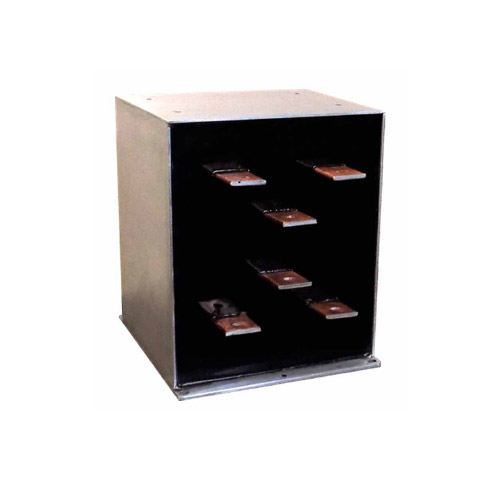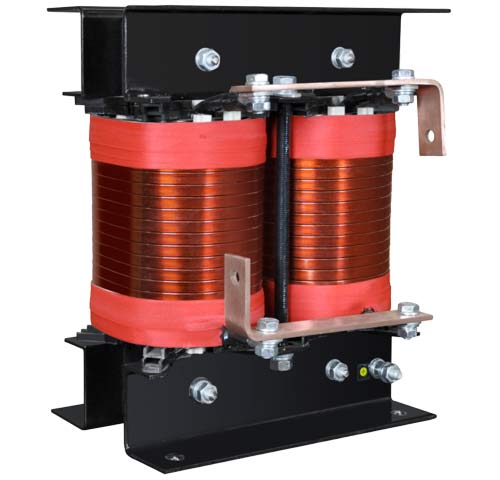Requirements for magnetic components in traction applications
Transformers and chokes can be found in many parts of the railway energy infrastructure [1]. A special group of these devices are components designed for operation on board rail vehicles. The technology for manufacturing transformers and chokes for use on traction vehicles is changing as the requirements of railway power train manufacturers evolve. The weight of the power supply inverter, often located on the roof of the rail vehicle, is an important parameter in terms of structural strength and vehicle weight limits.
In addition to the technical specifications of the drive manufacturers, national and European standards for rolling stock equipment are a key source of constraints and technological requirements.
The guidelines collected in the standards can be divided into general requirements for the construction and test methods of equipment (PN EN 60310), recommendations for the construction and testing of resistance to mechanical impacts and vibrations (PN EN 61373), and climatic assumptions defining precisely the operating conditions of equipment and the resulting rules for the coordination of insulation, the size of air and surface insulation clearances (PN EN 50124-1). The requirements of the standards and the definition of the operating conditions change depending on the location on the rail vehicle in which the equipment operates. A very important area of requirements is fire protection in rail vehicles (PN EN 45545). These requirements influence the choice of construction and insulation materials according to their flammability class.

Transformer in railway design type 3TTK
Structures and materials
Power switches built on silicon carbide allow the adoption of higher keying frequencies in power electronic systems, thus definitely changing the requirements for inductive components and transformers [2]. Switching frequencies of tens or even hundreds of kHz basically eliminate transformer and choke cores packed from typical transformer sheets. Modern low-loss amorphous and nanocrystalline material cores and, in the case of chokes, powder cores are used. The high saturation inductions of amorphous and nanocrystalline materials (1.2-1.5T) allow the mass of magnetic components in the inverter to be reduced. In the mid-frequency range, the common problem of excessive magnetostrictive noise is no longer relevant.
High frequencies favour the use of ferrites, which despite their low saturation inductances (0.4-0.5 T) are used in many transformer and choke applications. The modular form of ferrite blocks and fittings allows the core dimensions to be tailored to the needs of the application. Core and non-core inductive elements are used in input filters. The reduction in weight and dimensions of classical chokes with a transformer steel core is realised by using a multi-slot core [3]. This design improves the linearity of inductance characteristics and reduces losses, resulting in reduced weight and dimensions. If full magnetic linearity and relatively low weight are required, the solution is to use a coreless coil in the filter. Coreless coils can be designed for natural or forced air cooling.
Additional weight reduction of the magnetic components can be achieved by making the windings with aluminium profile conductors. Windings of magnetic elements designed for medium frequency applications are made with copper or aluminium face-type conductors, limiting the additional losses in the winding.

Single-phase smoothing core choke, 1RTS type
Download
M. Łukiewski – Napędy i Sterowanie 9/2017


